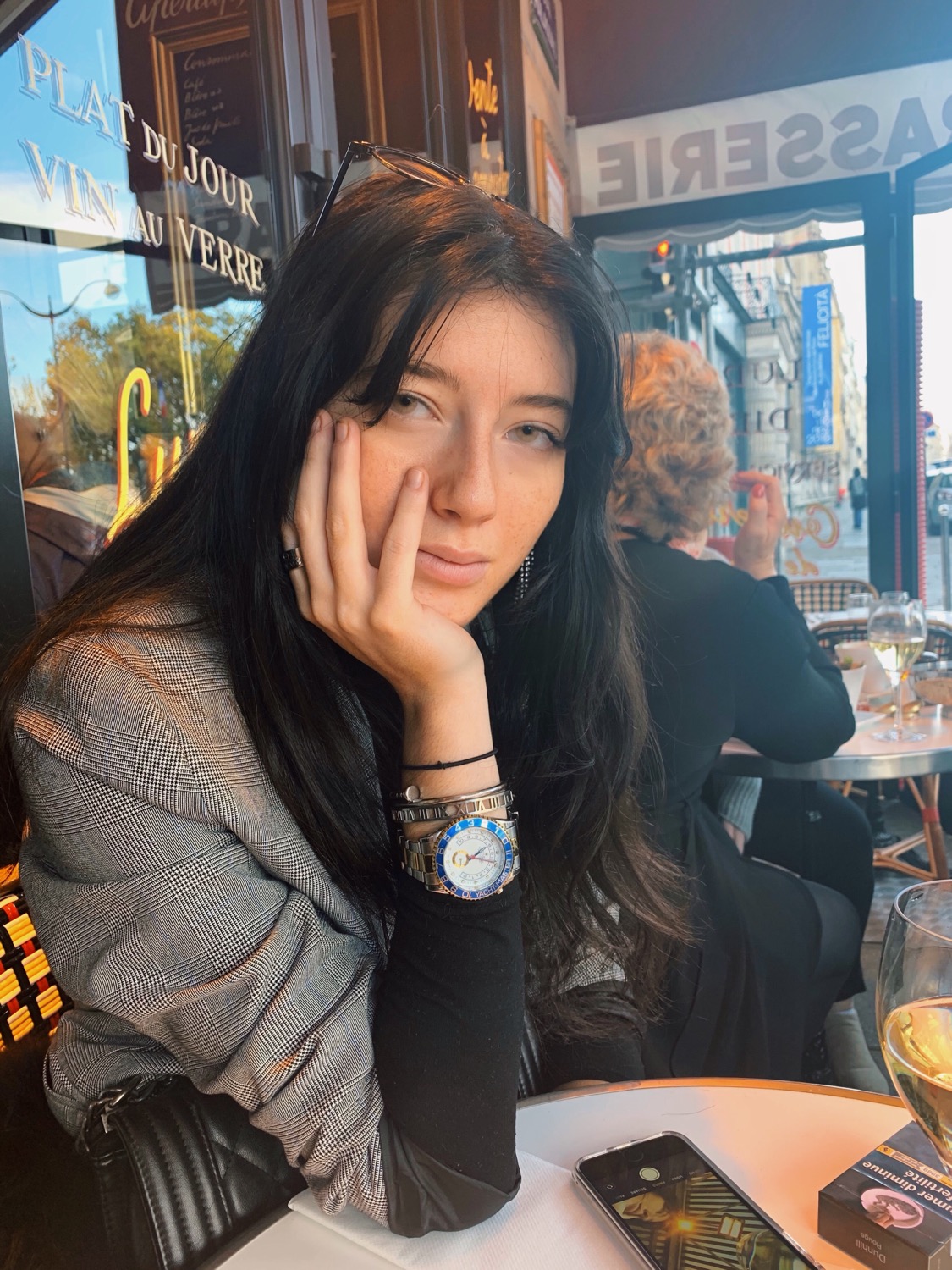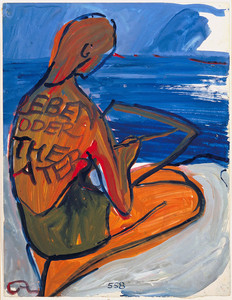PRE-NAZI LIFE, LOVE AND ART ARE CELEBRATED IN CHARLOTTE SALOMON'S POSTHUMOUS 'LIFE? OR THEATRE'
- Victoria Comstock-Kershaw
- Jan 13, 2020
- 2 min read

Charlotte Salomon was 26 years old and 5 months pregnant when she was killed in Auschwitz in 1943. It's no secret that the Nazi regime's desire to achieve complete erasure of Jewish lives extended to anything the created by Jews, from literature or architecture to art. But The Jewish Museum's collection of just over 200 gouache paintings of Charlotte Salomon, created as part of a larger body of work in the early 1940s when in hiding from Nazi oppressors is a hugely powerful reminder of the life, love and art that survived one of the darkest periods of human history.
Salomon is in and of herself an utterly fascinating figure: to know her is to mourn her. The chaos and beauty of her life and personality are well documented, from her family's history of suicide and mental illness to her litany of lovers to her fantastical re-writings and re-inventions of her own life. Her murder of her own grandfather in 1943, months before her own capture and subsequent murder, is particularly haunting: she poisoned and then drew a portrait of her father's father as he died in front of her. "It is acting as I write. Perhaps he is already dead now. Forgive me." she wrote in a 13-page confessional to a her lover Alfred Wolfsohn, referenced to in her fabricated diary entries and autobiographies as Amadeus Daberlohn. The harrowing 'pity-kill' and the subsequent art simultaneously concretizes and removes Salomon from the canon of Holocaust art: we are reminded of both the causes and consequences of the Holocaust as well as offered a reminder of just magnetically chaotic and ordinary life was before it.
It is this dissonance that The Jewish Museum's post-humous collection celebrates and captures with such power. Charlotte was fighting for her life on several fronts; the bright gouaches and rough textures of her paintings exude the personality of a deeply complex woman with insecurities, dreams and hopes outside of the insanity of war. The betrayal of her own mind, her fantasies and lovers, her country and government merge into a insanely powerful and aesthetically poignant narrative through the exhibit: the graphic novelism creates an uncomfortable yet exhilarating story that guides us from childhood trauma to World War I honeymoons to retellings of Kristallnacht. Salomon has a near-cinematographic mastery of the art of personal and dramatic storytelling : the intimacies of her marriage, the fretting insecurities over her status as an artist, the search for reassurance and comfort from her husband and family are set against a truly brooding political background. Her Jewishness and the fate it would eventually award her with is neither celebrated nor hidden - it is simply there. She promises in her final painting that she "did not have to kill herself like her ancestors" - and through her art, she truly has not died.
Image credits: Charlotte Salomon.
Life? Or Theatre? is on at the Jewish Museum London until the 1st of March 2020.












